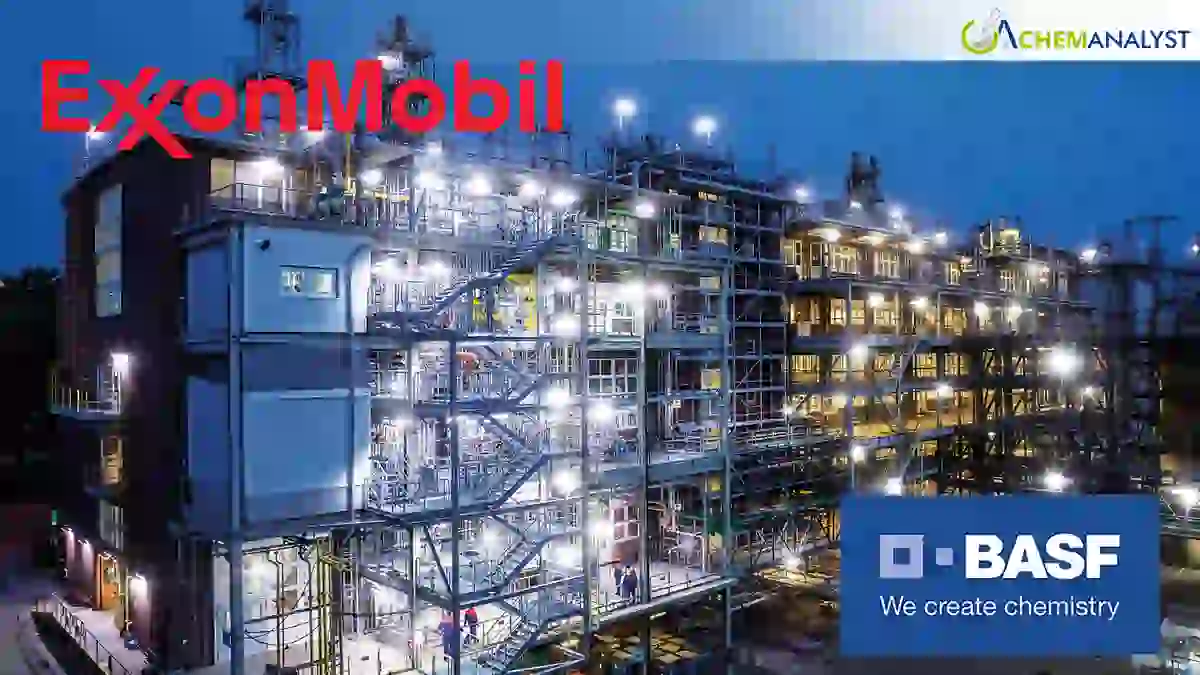Welcome To ChemAnalyst

BASF and ExxonMobil partner to scale methane pyrolysis, producing low-emission hydrogen and solid carbon through a demonstration plant advancing commercial deployment.
BASF and ExxonMobil have entered into a strategic partnership aimed at accelerating the development and commercialization of methane pyrolysis—a promising pathway for producing low-emission hydrogen at competitive costs. Through a newly signed joint development agreement, the two companies intend to merge their technical expertise, advance the underlying process technology, and build a demonstration plant designed to move the solution toward full industrial deployment. This collaboration represents a significant step in scaling an innovative hydrogen production method that could play a crucial role in global decarbonization efforts.
According to Mike Zamora, president of ExxonMobil Technology and Engineering Company, the partnership is rooted in the strengths each company brings to the table. He emphasized that the integration of BASF’s process innovation with ExxonMobil’s extensive experience in methane pyrolysis and large-scale technology development will be essential in accelerating progress. Zamora noted that methane pyrolysis is particularly compelling in regions where traditional carbon capture and storage (CCS) options may face geological, logistical, or policy constraints. He highlighted ExxonMobil’s decades-long involvement in the field and reiterated the company’s dedication to developing viable low-emission energy solutions.
BASF, for its part, has been working on methane pyrolysis technology for many years, supported by funding from the German Federal Ministry of Research, Technology and Space (BMFTR). Dr. Stephan Kothrade, member of BASF’s Board of Executive Directors and Chief Technology Officer, shared that the technology aligns closely with the company’s broader sustainability and innovation strategy. He explained that the methane pyrolysis process promises not only competitive low-emission hydrogen but also the potential for additional carbon footprint reductions across BASF’s product portfolio. Kothrade underscored that BASF’s reactor concept—developed and validated at its Ludwigshafen test facility—represents a major technological advancement. When paired with ExxonMobil’s expertise in scaling and deployment, he believes the collaboration will significantly advance efforts to deliver cost-effective, low-emission hydrogen for industrial users.
Methane pyrolysis itself is an innovative approach that uses electricity to transform natural gas or renewable gases such as biomethane into hydrogen and solid carbon. Unlike conventional hydrogen production methods, such as steam-methane reforming, it does not generate process-related CO2 emissions. The method also uses far less electricity than water electrolysis—roughly one-fifth as much—making it an energy-efficient alternative for industries seeking decarbonization. Additionally, the process requires no water, which can be a crucial factor in regions with limited water resources. By utilizing existing natural gas infrastructure, methane pyrolysis can be deployed flexibly and quickly across different geographies.
The resulting products—low-emission hydrogen and high-purity solid carbon—have wide industrial applications. Hydrogen plays a central role as an energy carrier and chemical feedstock, while the solid carbon can be used in sectors such as steel and aluminum production, construction materials, and advanced carbon-based technologies like battery components.
To advance the technology toward commercial-scale implementation, BASF and ExxonMobil plan to build and operate a demonstration plant at ExxonMobil’s Baytown Complex. This facility is expected to produce up to 2,000 tons of low-emission hydrogen and 6,000 tons of solid carbon each year. The demonstration unit will provide essential data and operational insights, serving as a final proving ground before larger-scale deployment. Both companies view this step as pivotal to validating methane pyrolysis as a competitive, scalable solution for the global hydrogen market.
We use cookies to deliver the best possible experience on our website. To learn more, visit our Privacy Policy. By continuing to use this site or by closing this box, you consent to our use of cookies. More info.
